NEW YORK, U.S.: Fluoride can prevent dental caries by promoting mineralization and making tooth enamel more resistant to acid. However, a new study has found that exposing teeth to excessive fluoride alters calcium signaling, mitochondrial function and gene expression in the cells forming tooth enamel, which ultimately leads to dental fluorosis.
The Centers for Disease Control and Prevention (CDC) has called water fluoridation one of the greatest public health achievements of the 20th century for its role in reducing caries. Many countries add fluoride to the public water supply, and the U.S. Department of Health and Human Services currently recommends a level of 0.7 mg of fluoride per liter of water. However, while low levels of fluoride help strengthen and protect tooth enamel, too much fluoride can cause dental fluorosis. A recent survey by CDC found that roughly 25% of the U.S. population examined, which was aged 6–49 years old, showed some degree of dental fluorosis.
“The benefits of fluoride for oral health considerably outweigh the risks. But given how common dental fluorosis is and how poorly understood the cellular mechanisms responsible for this disease are, it is important to study this problem,” said senior author Dr. Rodrigo Lacruz, associate professor of basic science and craniofacial biology at the New York University College of Dentistry.
To investigate the molecular bases of dental fluorosis, the researchers analyzed the effects of exposing tooth enamel cells isolated from rodents to excessive levels of fluoride and assessed fluoride’s impact on calcium signaling within the cells.
The data showed that exposing enamel cells to fluoride led to a decrease in calcium entering and stored in the endoplasmic reticulum, the site of manufacture of proteins and lipids. In addition, fluoride disrupted the function of mitochondria and altered energy production. The researchers also noted that the enamel cells that were exposed to fluoride had a reduced expression of genes encoding endoplasmic reticulum stress response proteins and mitochondrial proteins, which are involved in producing the cell’s energy.
“This gives us a very promising mechanistic view of how fluorosis arises,” Lacruz said. “If your cells have to make enamel, which is heavily calcified, and due to exposure to too much fluoride the cells undergo continued stress in their capacity to handle calcium, that will be reflected in the enamel crystals as they are formed and will impact mineralization.”
The researchers repeated the experiment using early-stage kidney cells from humans, but did not observe the same effects, suggesting that enamel cells differ from cells forming tissue in other parts of the body.
“You would think that if you expose the enamel cells and kidney cells to the same stressor—treating them with the same amount of fluoride for the same period of time—that you’d have more or less similar responses. But that was not the case,” Lacruz noted. “Under the same circumstances, enamel cells react to coping with stress in vastly different ways than kidney cells. We are unraveling a mechanism that highlights the uniqueness of enamel cells and explains why fluorosis is more of a problem in the teeth than anywhere else in the body.”
According to CDC, 72.8% of the U.S. population on community water systems, that is, 201,565,162 people, had access to fluoridated water in 2016. In contrast, Dental Tribune International recently reported that only 6 million people in the UK are supplied with fluoridated water and that the Oral Health Foundation has urged the UK government to expand the areas of fluoridation across the country.
The study, titled “Fluoride exposure alters Ca2+ signaling and mitochondrial function in enamel cells,” was published on Feb. 18, 2020, in Science Signaling.
Tags:
LONDON, England: Previous research has shown that, when combined, dental epithelial and mesenchymal cells can form tooth-like structures in vitro called ...
HONG KONG, China/BERKELEY, Calif., US: A study led by researchers in China has recently examined the impact of the oral microbiota on overall health. The ...
In dental offices all over the world, patients are often told they are not flossing enough or instructed to floss more. As the old saying goes, you only ...
DAMASCUS, Syria: As health workers, dentists are occasionally placed at risk of disease transmission, since they are exposed to bloodborne infections of ...
MINNEAPOLIS, U.S.: University of Minnesota researchers have studied how oral bacteria adhere to surfaces and develop biofilms in the oral cavity. In the ...
SYDNEY, Australia: Research shows that facial attractiveness can significantly influence social decisions, including those related to dating, recruitment ...
Dental fluorosis is an enamel anomaly that adversely affects inorganic phase deposition and organisation, causing enamel hypomineralisation.1 Despite the ...
SEATTLE, U.S.: Biofilm buildup can lead to many oral health issues, including gingivitis, periodontitis and tooth loss, as well as other serious health ...
SÃO PAULO, Brazil: Mouth breathing affects around half of the population and can lead to halitosis, a condition that, in turn, is associated with negative ...
In the run-up to the 2020 Chicago Dental Society (CDS) Midwinter Meeting, Dental Tribune International had the opportunity to speak with Dr. Terri Tiersky, ...
Live webinar
Mon. 12 January 2026
9:00 am EST (New York)
Prof. Judith Jones D.D.S; M.P.H., Prof. Kakuhiro Fukai D.D.S., Ph.D, Dr. Bathsheba (Bethy) Turton
Live webinar
Wed. 14 January 2026
12:00 pm EST (New York)
Dr. Théo Laplane, Dr. Robert Gottlander DDS
Live webinar
Fri. 16 January 2026
12:00 pm EST (New York)
Live webinar
Mon. 19 January 2026
1:00 pm EST (New York)
Philipp Kopp, Michael Seeber
Live webinar
Thu. 22 January 2026
2:00 pm EST (New York)
Dr. Nicola M. Grande DDS, PhD
Live webinar
Wed. 28 January 2026
8:00 am EST (New York)
Live webinar
Wed. 28 January 2026
11:00 am EST (New York)
Prof. Dr. Jan-Frederik Güth



 Austria / Österreich
Austria / Österreich
 Bosnia and Herzegovina / Босна и Херцеговина
Bosnia and Herzegovina / Босна и Херцеговина
 Bulgaria / България
Bulgaria / България
 Croatia / Hrvatska
Croatia / Hrvatska
 Czech Republic & Slovakia / Česká republika & Slovensko
Czech Republic & Slovakia / Česká republika & Slovensko
 France / France
France / France
 Germany / Deutschland
Germany / Deutschland
 Greece / ΕΛΛΑΔΑ
Greece / ΕΛΛΑΔΑ
 Hungary / Hungary
Hungary / Hungary
 Italy / Italia
Italy / Italia
 Netherlands / Nederland
Netherlands / Nederland
 Nordic / Nordic
Nordic / Nordic
 Poland / Polska
Poland / Polska
 Portugal / Portugal
Portugal / Portugal
 Romania & Moldova / România & Moldova
Romania & Moldova / România & Moldova
 Slovenia / Slovenija
Slovenia / Slovenija
 Serbia & Montenegro / Србија и Црна Гора
Serbia & Montenegro / Србија и Црна Гора
 Spain / España
Spain / España
 Switzerland / Schweiz
Switzerland / Schweiz
 Turkey / Türkiye
Turkey / Türkiye
 UK & Ireland / UK & Ireland
UK & Ireland / UK & Ireland
 Brazil / Brasil
Brazil / Brasil
 Canada / Canada
Canada / Canada
 Latin America / Latinoamérica
Latin America / Latinoamérica
 USA / USA
USA / USA
 China / 中国
China / 中国
 India / भारत गणराज्य
India / भारत गणराज्य
 Pakistan / Pākistān
Pakistan / Pākistān
 Vietnam / Việt Nam
Vietnam / Việt Nam
 ASEAN / ASEAN
ASEAN / ASEAN
 Israel / מְדִינַת יִשְׂרָאֵל
Israel / מְדִינַת יִשְׂרָאֵל
 Algeria, Morocco & Tunisia / الجزائر والمغرب وتونس
Algeria, Morocco & Tunisia / الجزائر والمغرب وتونس
 Middle East / Middle East
Middle East / Middle East
























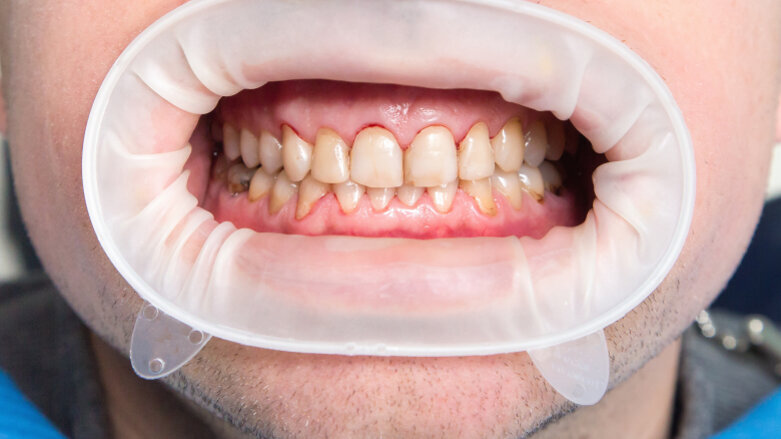

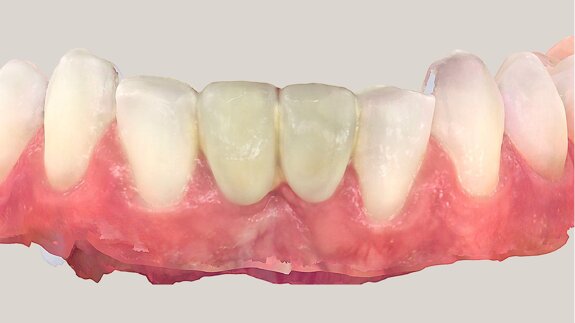

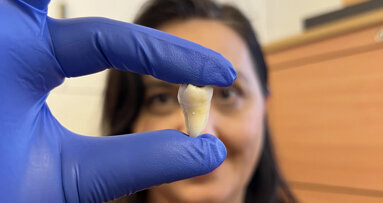
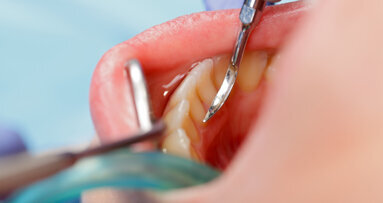
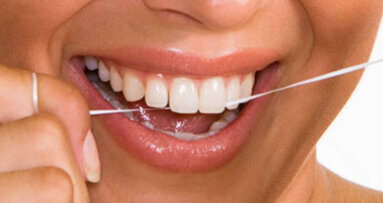



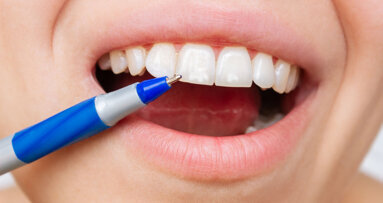
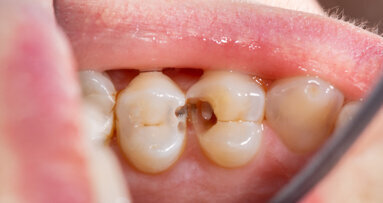












As someone who was one of the first dental researchers to culture enamel cells on a petri dish, I would suggest that cells are great for looking a biochemical mechanisms but actual epidemiological studies in humans will be necessary to confirm if enamel cells are more sensitive to the effects of fluoride than other cells. Kidney cells have to be tolerant to fluoride (kidneys excrete it). Brains, on the other hand, appear to be exquisitely sensitive to the effects of fluoride. If you see dental fluorosis, you can expect that brain cells have been adversely affected.